$0.00
No products in the cart.
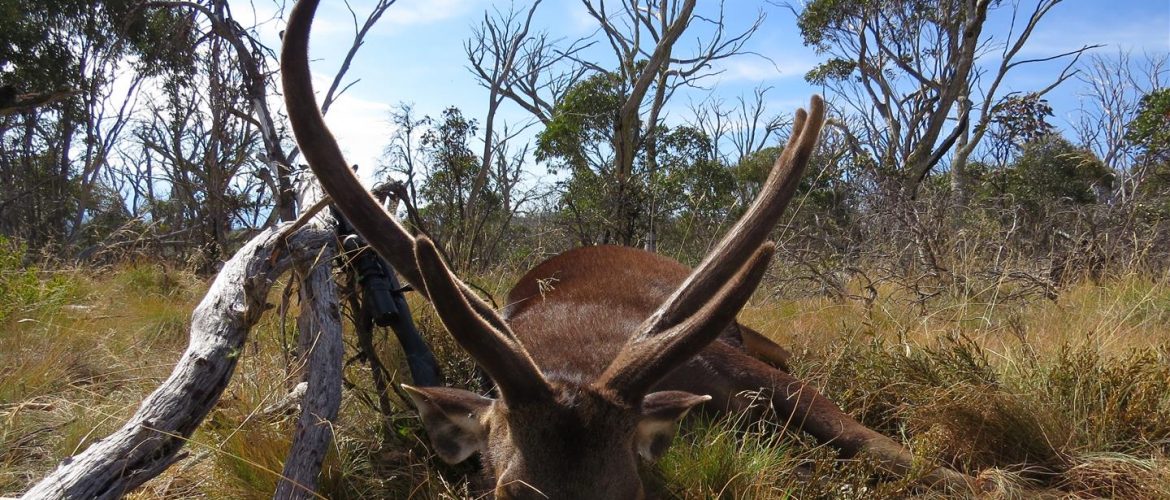
The hunting of sambar deer across Eastern Australia just seems to be going from strength to strength. There are more hunters each year enjoying the pursuit of this wonderful deer species and game license sales indicate the numbers aren’t likely to slow down anytime soon. The rise in popularity is a result of many factors and the free range, organic movement with the focus of harvesting your own protein is certainly part of the reason why the largest increase in recent game license sales is from 30-45 year olds who have new to deer hunting. Social media, magazines, books, YouTube and websites and registered hunting clubs all allow anybody with a device or interest in the outdoors and hunting to access an immense dialogue of material and these new hunters are all thirsty for knowledge and information.
As greater numbers of hunters head into the field each year its undeniable that more pressure will be placed on the stags as a larger percentage of hunters seem to focus on the harvest of males. When you take a step back and think about the fact that a sambar needs to reach at least 8.5 years of age to mature, and he can potentially get hunted 365 days a year, then it will be hard work for him to grow old. He either has to be very lucky, live in very hard to access country, live on private with limited access, occupy thick habitat which makes stalking difficult or live in an area that doesn’t allow legal hunting. With each year passing you can start to get a picture of why the pressure on these older age class stags is increasing as more and more hunters are trying to figure out ways to be successful on them and remain one step ahead of what everybody else is doing. And that’s what this article will focus on, thinking outside the square to increase your odds of regularly harvesting sambar and potentially increasing your encounters with sambar stags.
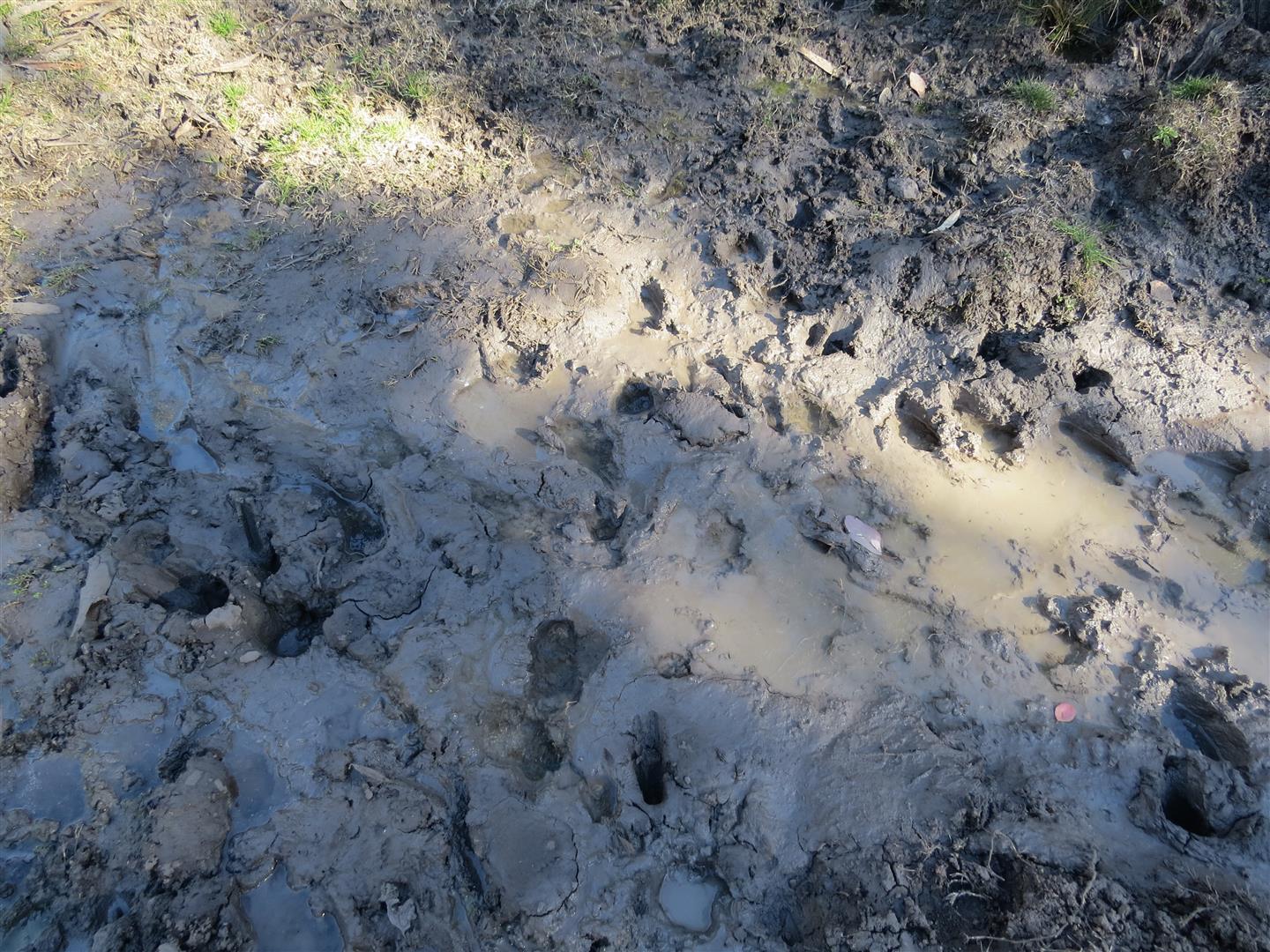
Habitat:
Many sambar hunters will look towards hunting sambar in habitat that is visually appealing. By that I mean it might have big river flats nearby, lush farm paddocks, recently logged areas, open grass clearings, alpine basins and benches or unburnt country that is reasonably easy to navigate through. With so many hunters out there if you look at a piece of sambar country either in person or on google earth then surely a lot of other hunters are already doing the same. Ask yourself do you want to hunt where everybody else is hunting or do you want to keep ahead of the pack and hunt less obvious areas. Perhaps you are better of changing the mindset and hunting slightly less appealing country that you can’t easily glass into or shoot animals at long range and burn some boot leather where others aren’t that interested in going. Often these areas will hold good numbers of animals and if there is some big north facing ridges in the area it could hold a few male sambar. Stags aren’t stupid, they can only tolerate getting bumped so many times before they switch locations to bed up and live where they feel safer and more secure during daylight areas. Remember you aren’t the only one hunting those sambar and often you have very little knowledge of who is hunting before or after you or how much pressure an area gets. Finding a good stag and going back to hunt him a couple of months later holds no guarantee he will still be there or anywhere in the vicinity.
Stags are learning to find pockets and areas across their entire range that receive less pressure and if you can locate these areas away from heavily hunted regions then you can often have great hunting over an extended period of time, provided not too many others figure these same areas out.
If you do find an area holding good numbers of deer and stags keep at it and learn as much as you can. Sure as the sun will set each day is that all areas will flow and ebb with both hunting pressure and deer numbers so if you have the fortune to locate a hot area keep going back to it while the going is good.
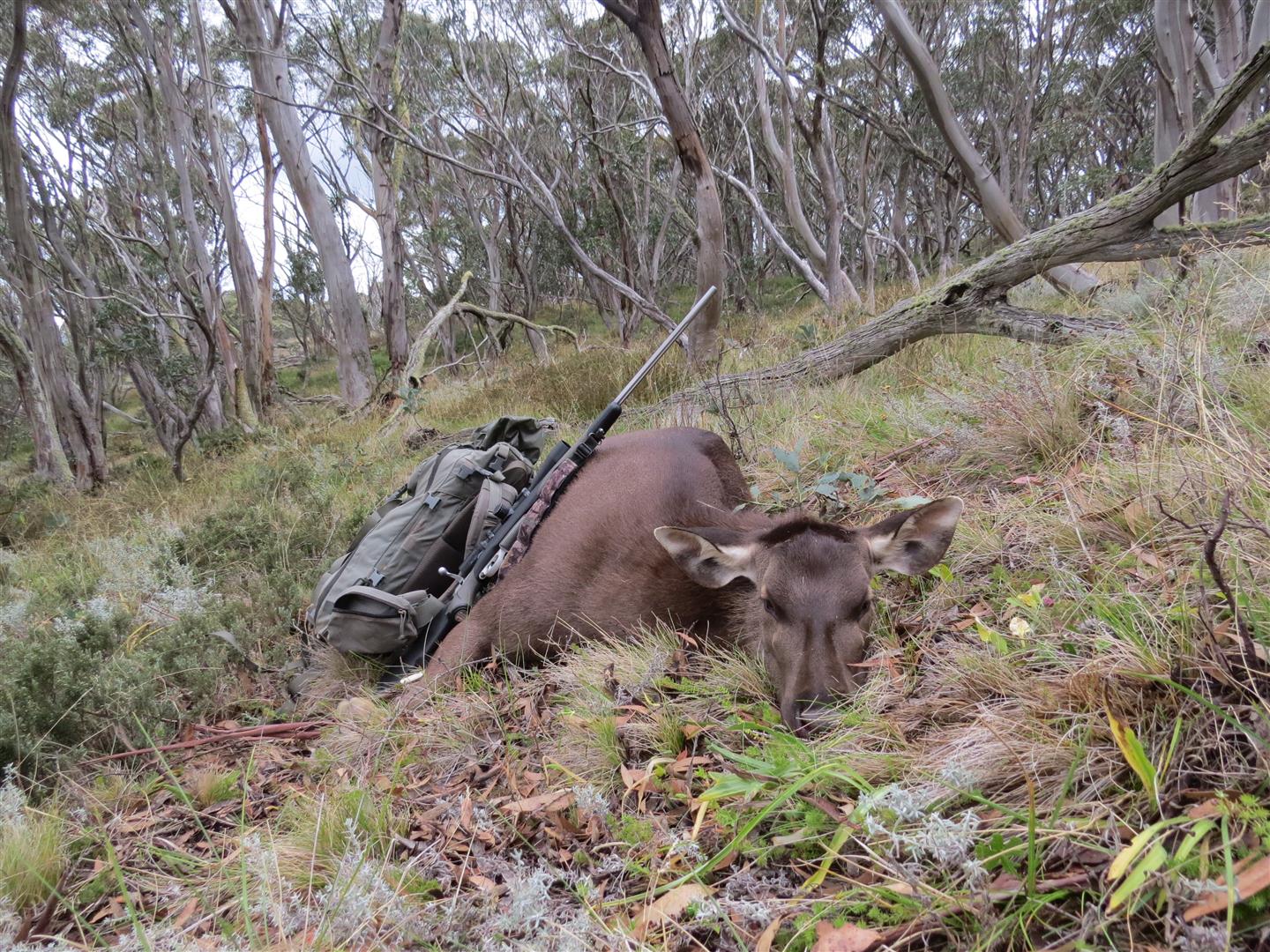
Busy Periods:
Think about it, if you lived in the bush your entire life, in a little shack on a bush track and watched the vehicles go by you would see minimal traffic Monday to Thursday, increased traffic on the Friday and peak traffic for the week will be over the weekend. School Holidays will also be another peak time and then long weekend holidays will also show a marked increase in traffic. Now put yourself in the position of a stag and think about how much he can tolerate, how many times he can be near a road feeding or travelling before a vehicle disturbs him and he too will soon learn the busy and quite times. Whilst not all hunters can get time away from work outside of the busy periods, if you can at least try to plan to get in the bush outside of some of these periods, especially on public land then you are often faced with less people up the bush and deer that are potentially a bit more relaxed with less vehicles on the road, people in campsites and hunters in the bush.
Bad Weather Hunting:
Does anybody look at the upcoming forecast and say to themselves, big low pressure front moving through, wind and rain and possible snow at higher altitude, think ill stay home and watch the footy? Well consider that if 50% of the hunters thought the same way about the bad forecast then there is already half as many potential hunters in the bush and perhaps a lot less hunters in the area you were planning on going. Add in the fact that sambar will often be on their feet and feeding in cold weather to keep their dietary intake up and body temperatures elevated there is an increase chance of finding deer active at extended periods during bad weather. Countless times I’ve gone bush when a big front is passing or has passed and I generally see more deer up and about during these periods then if the weather had of been fine and sunny. All the good weather does is make them follow routine and bed up in the usual places at the usual times. Bad weather certainly creates more opportunities with sambar, it mixes things up with their habits so if you can invest in good rain gear, decent cold weather clothing and remain positive then often you will find success.
Always remember if you have time up your sleeve hang it in there until the front passes as often that very first good warm or dry day when things have settled sees a lot of animal activity drying out, catching some sunshine and feeding up.
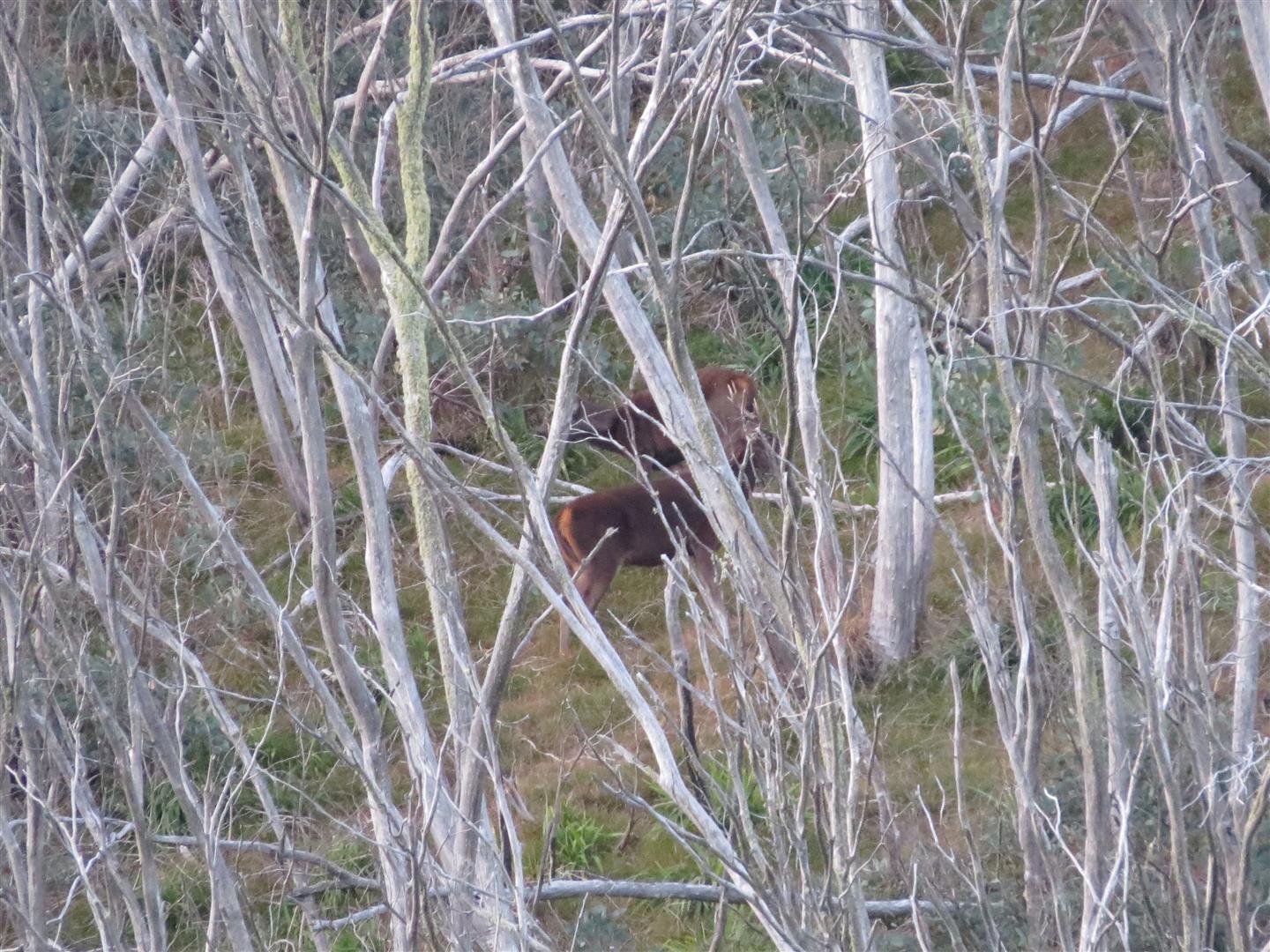
Natural Obstacles:
With greater numbers of deer in the bush to hunt people can sometimes get lazy or relaxed about their hunting because they simply don’t have to work as hard for their deer as what they did in previous years or decades. Never be afraid to climb a steep rocky ridge that might seem uninviting and check out what’s on the other side over the ridge, or slide a canoe or raft into a river that’s too deep for hunters to wade across and go explore the other side, especially if there is limited road access over on the other bank. Perhaps to get away from crowds you will punch it out a walking track on a mountain bike, or in behind closed gates where it is legal. Human nature means as hunters we generally choose the easiest path to get somewhere or cover ground. If you start thinking about the areas that have obstacles and figure out ways to hunt them then you are immediately reducing the impact of hunting pressure from other hunters. Many hunters in the states have learned to read maps, figure out access routes behind private property and locate animals in out of the way locations that the majority of hunters aren’t prepared to work for. Our sambar herds are heading the same way with lateral thinking required to find those big old stags.
Staying ahead of the curve:
There is no doubt that sambar move around a lot in the bush. They follow the best feed, transgress to any burns, improved pasture etc. and adjust their elevations and locations according to the season and hunting pressure. As numbers increase their range will expand due to the simple fact that young male sambar are often dispersing seeking areas that don’t have hierarchy pressure from too many other stags and it is simply in them to go wander. Sure the recent burns over the last 15 years have opened up new country, but not all species are capable of colonizing new areas as efficiently and effectively as sambar so that makes them the perfect animal to spread and build numbers in regions that potentially had no or very few sambar a decade or two ago. Challenge yourself by hunting new areas, exploring regions that many might consider outside the range of existing sambar herds and don’t be afraid to research semi open habitat, river country and lower elevation bush in these emerging areas as often the sambar there have light pressure and aren’t as wary or switched on as those living in areas that have had constant pressure for the last 20-30 years.
Always remember if you are hearing about areas with a lot of sambar its certain many other hunters are hearing the same thing and pressure on the deer will be applied. You need to be studying maps and anticipating trends and progression of where these deer are moving and have moved into to increase the opportunities at deer with reduced pressure. The advantage of these emerging areas is often the deer that first move in or through are stags and often the ratios of stags to hinds in these new areas are far better then in areas with heavier hunting pressure. But as females move in, and hunting pressure increases everything will level out. Keep on that curve and you will certainly see increased stag numbers.
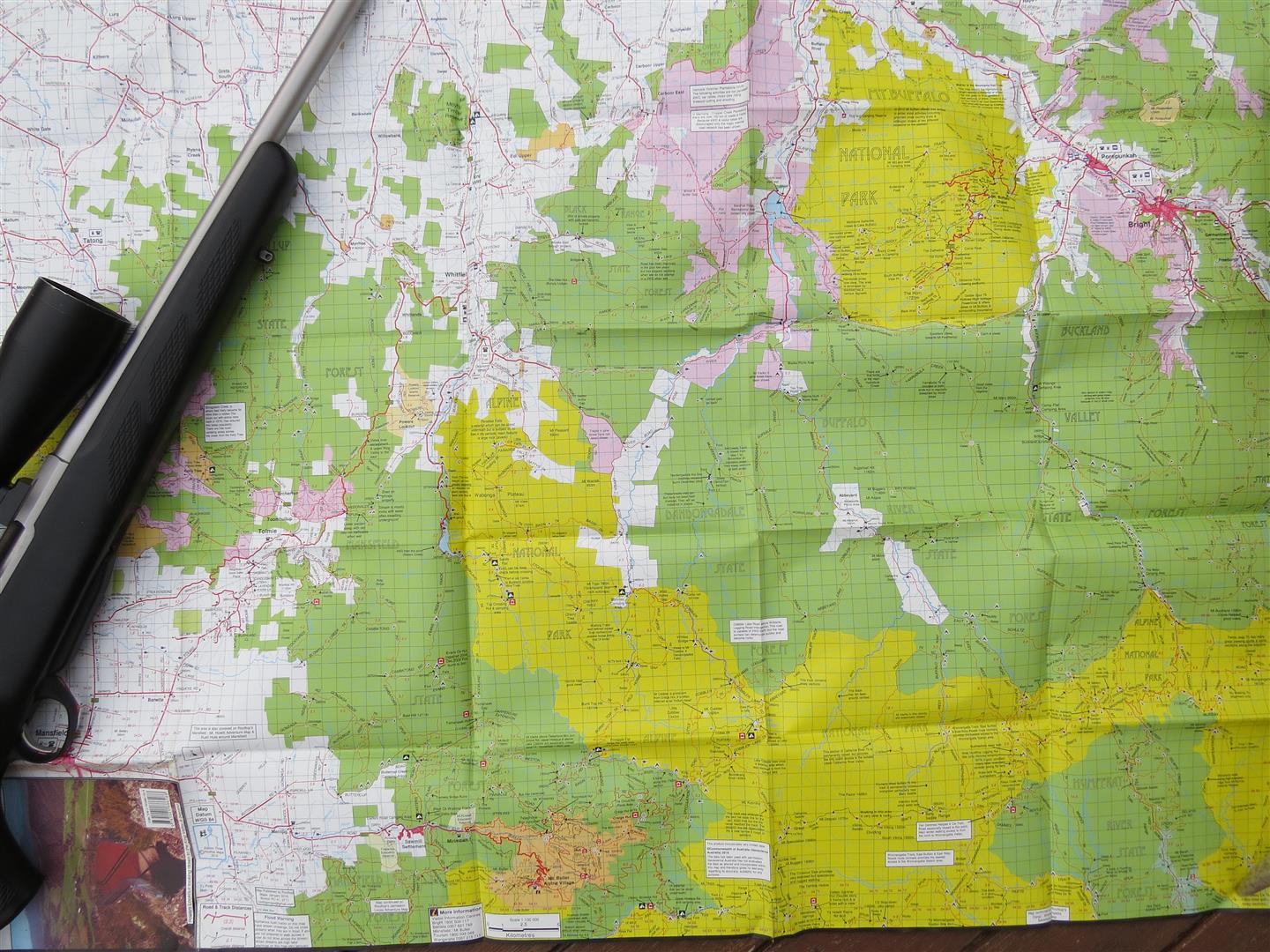
Researching:
Always keep you ear to the ground, when at the local sporting club, out for dinner with new friends or at school functions don’t be afraid to let others know you’re an ethical deer hunter who utilizes the resource. Perhaps they fish a lot and are always seeing deer cross roads in certain areas they head through. Maybe they see sambar out of the boat regularly on a certain clearing when the water is low and maybe you might meet somebody who has connections to a farm or rural holdings and they are reporting increased sightings of ‘big brown deer’ and want a few removed due to increased competition with livestock. For a hunter keen to increase his odds in the field it pays to always keep in the game whether you are in the field or not.
The internet is another great tool and using it to search for deer reports, or studies will help you gain a greater understanding of what the deer might be doing in each location you are interested in hunting. Keeping the finger on the pulse always gives you an advantage over hunters who are simply content with what they already know or are already doing. And there is nothing wrong with that, just the way our deer herds ebb and flow and numbers shift around it pays to always be adaptive and creative with information gathering.
Private Access:
We have immense access to hunt on public land in Victoria and are incredibly blessed for these opportunities but there are plenty of options for hunters who are prepared to go door knocking. If you do get permission always remember it is never your right to get access, be respectful of any landowners requests 100% of the time and if you have to think twice about doing something on somebody else’s land then you probably shouldn’t be doing it. Never shoot animals over the boundary fence where you don’t have permission and don’t just assume you can keep returning time and time again whenever it suits your schedule.
Always offer to help out the landowner any way you can. Perhaps you are handy with tools and can offer some manual labor, maybe you have a trade that can benefit the farmer, or maybe you can cut wood and stack their pile up over winter making it one less chore for them to attend to. Some farmers are welcoming and treat everybody like family, but many have had bad experiences with letting hunters on or illegal hunting from surround forests or roads so don’t expect it to be an easy home run to knock on doors and be granted permission in any area where there are sambar. Always remember if there are deer in the area, then there is every likelihood that the farmer has had multiple people knock on the door previously so don’t just turn up in camo, smelling like last nights booze session and ask for access with the first words that come out of your mouth.
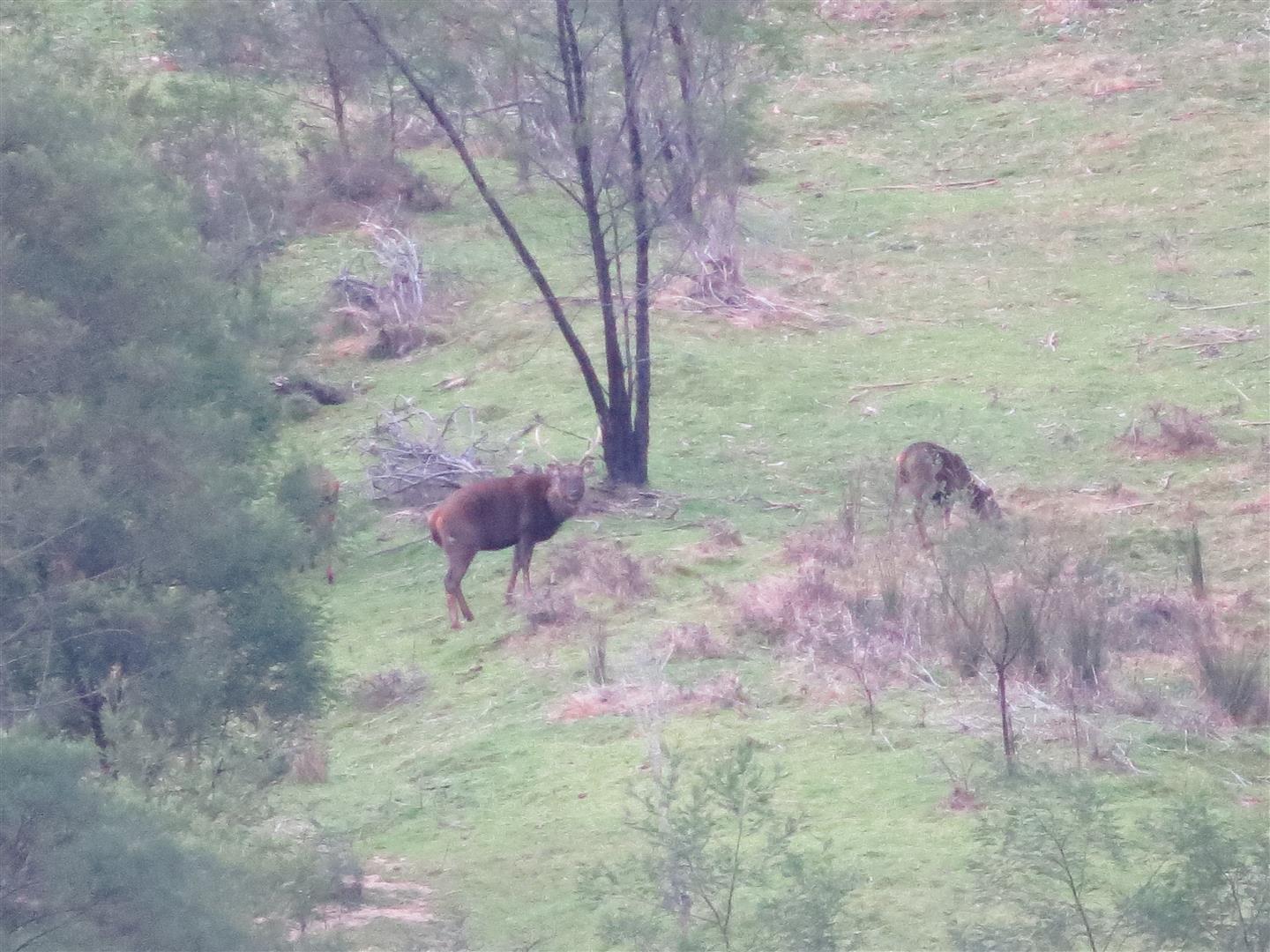
Ease of access:
Whilst there is probably just as many, if not more deer on farm fringe as there is deep in the bush, if you want to find areas with less pressure simply look for locations that have limited road access. It might sound simple, but how many hunters actually look at maps and seriously ascertain locations that are lightly hunted. Less hunters means more chance of a stag growing old due to the reduced encounters with hunters, it’s that simple. Not all isolated areas hold big stags, but if you can start ticking a few boxes for them at certain times of the year with habitat, feed, and aspect to the sun then you are in with a chance. Always go over areas on the maps where you have seen stags or shot them and you will soon start to see patterns emerging as to why they were there. Use this knowledge to search new areas and identify locations that will potentially hold the animals you are looking for. Google Earth with its ability to change angles and rotate will certainly be of assistance as well, but ultimately getting into these areas and checking them out will be the deciding factor as to whether it holds what you are looking for. Always keep in mind that if you do go and look at a new area don’t be disappointed if it doesn’t show promise straight away. Perhaps it’s a spot that holds animals in spring or maybe a rain storm the week before has washed away most of the marks making it look used a lot less then it actually is. Have an open mind when you are exploring and always go back to any spot at a different time of the year or different year to test it out and give it a second chance.
Hopefully this article gets a few cogs ticking over in peoples minds about the mighty sambar and how they are going about their hunt plans. The days of just going bush and pulling over and hunting areas expecting there to be no hunters or no recent hunting activity is probably over. Always remember most legal areas will get hunted at some stage throughout the year so put the thinking cap on, have some plans according to the season and weather and shoulder that pack. Time in the bush is never wasted and who knows you might discover a little gully that gets missed by most hunters that turns into a honey pot you can keep going back to and get results hunt after hunt.
Good luck, be sage, identify you target, be thoughtful of other hunters, let those young stags live and take more hinds to keep those sambar numbers at acceptable levels.